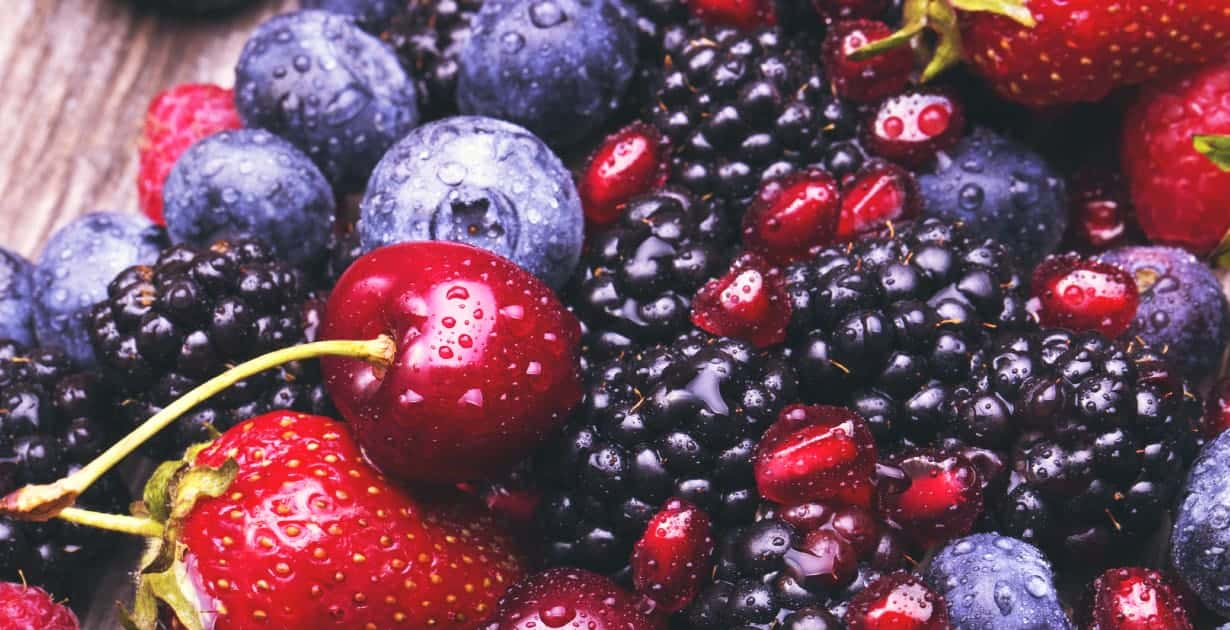Anthocyanidins and Anthocyanins
Anthocyanidins and Anthocyanins
Anthocyanidins and anthocyanins: colored pigments as food, pharmaceutical ingredients, and the potential health benefits. Anthocyanin and anthocyanidins are considered to be elements of plant pigments found in higher plants of the plant kingdom. They are found mainly in fruits and flowers but also in leaves, stems, and roots. They belong to the category of bioflavonoids. They share a common structure; the flavylium ion. Anthocyanidins are sugar-free analogues to anthocyanins whilst anthocyanins are formed by the coupling of sugars to anthocyanidins. This is the key difference between anthocyanin and anthocyanidin.
What are Anthocyanins?
Anthocyanins are a group of plant pigments that belong to the group flavonoids or bioflavonoids. They mainly develop in higher plants. It is mostly prevalent in fruits and flowers which give a colour of red and blue; it is also present in stems, leaves, and roots. The colour of anthocyanins depends on the level of acidity. In acidic conditions, anthocyanins appear in red whilst, in less acidic conditions, they appear in blue. Anthocyanins can be subdivided into two categories: anthocyanidin aglycons and anthocyanin glycosides. The basic core structure of anthocyanins is the flavylium ion with seven different side groups. The side groups can be a hydrogen atom, a hydroxide or a methoxy group.
Anthocyanins possess different functions in the plant body. They function as antioxidants that protect the plant body against free radicals produced by UV radiation that disrupts DNA and cause cell death. They are also considered to be important aspects of plant pollination and reproduction since pollinating agents are attracted due to its bright red and blue colours. Common anthocyanins such as cyaniding-3-glucoside are considered to be larvae repellant.
What are Anthocyanidins?
Anthocyanidin, being a type of bio-flavonoid, is a chemical compound which is responsible for pigmentation of plants. They are sugar-free analogues of anthocyanins which are based on flavylium ion. Here, the counter ion is mainly chloride and this positive charge differentiates the anthocyanidins from other flavonoids.
Anthocyanidins are considered as antioxidant flavonoid pigments that give a purple or red colour to the fruits and vegetables such as grapes, cherries, raspberries, blueberries, plums, beets and purple cabbage. It also gives bright colours to flowers. This helps to attract various agents of pollination towards the flower. Plants also maintain their matured progeny due to the pigmentation provided by anthocyanidins. Anthocyanidins provide protection to the photosynthetic tissues in plants from direct sunlight.
The similarities between Anthocyanin and Anthocyanidin
Both anthocyanins and anthocyanidins are plant pigments.
- The basic core structure is flavylium ions.
- They are pH dependent.
- Both pigments help in pollination which attracts pollinating agents.
- Both act as antioxidants that protect the DNA from free radicals formed.
The difference between Anthocyanin and Anthocyanidin
Anthocyanidins are sugar-free analogues of anthocyanins.
Anthocyanins are plant pigments formed by the coupling of sugars to the anthocyanidin molecule.
Structure and Composition
In anthocyanidins, no sugars are attached to the side groups of flavylium ion.
In anthocyanin, basic flavylium ion with sugars is attached at different side groups.
Pigments
Anthocyanidins produce a reddish purple colour.
Anthocyanins produce red and blue colours according to the pH condition.
pH
In acidic conditions, anthocyanins appear in red colour whilst in low acidic conditions, they appear in blue colour.
Anthocyanidins appear in coloured form under low pH conditions whilst at high pH conditions, they appear colourless.
Summary
Anthocyanins and anthocyanidins are two specific types of elements in plant pigments that belong to the group, bioflavonoids. Both compounds share a common basic core structure, which is the flavylium ion. Anthocyanidins are sugar-free analogues of anthocyanins. Anthocyanins are formed by the addition of sugars to different side groups of the flavylium ion. This is the main difference between anthocyanin and anthocyanidin. Since different types of sugars are present, they can be at different side groups, giving rise to a vast range of anthocyanin types. Both compounds are pH dependent and possess antioxidant properties. They help in the process of pollination and act as larvae repellants that cause harm to the plant body.
Which foods are high in anthocyanins? The best way to obtain anthocyanin is to eat foods that are red, blue, purple, violet and orange (or some combination of these colours). When an anthocyanidin molecule is paired with a sugar this is called a glycoside, which is how colours/pigments are expressed in plant foods. Flavonoid phytochemicals are predominantly found in foods/beverages, including teas, honey, wines, fruits, vegetables, nuts, olive oil and cocoa.
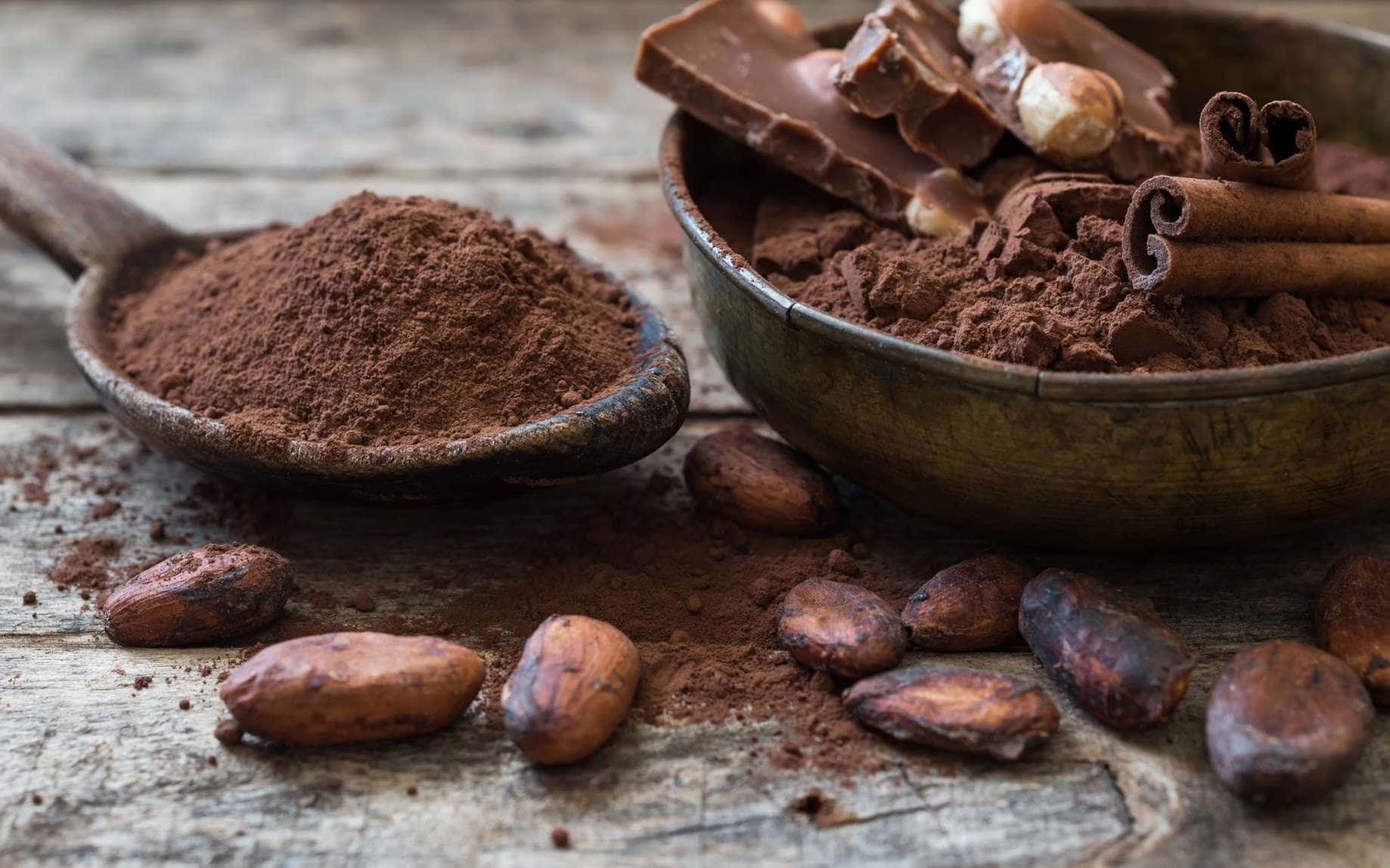

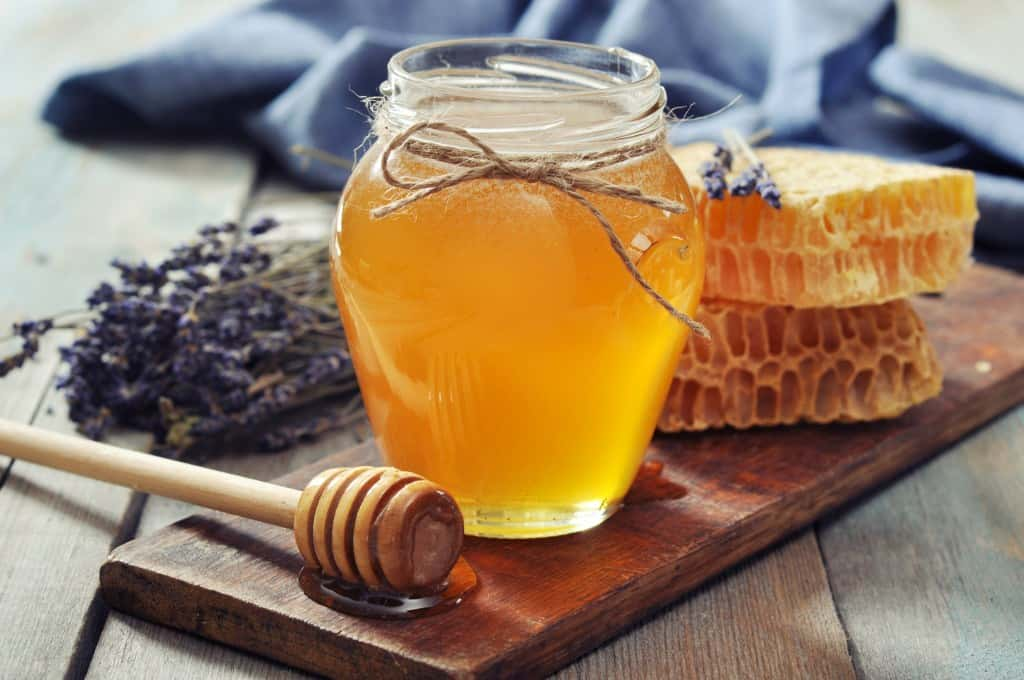

Types of anthocyanin and anthocyanidin in fruit
Acai berry
Blackberry
Blueberry
Dabai
Maqui berry
Pomegranate
Raspberry
Red grape

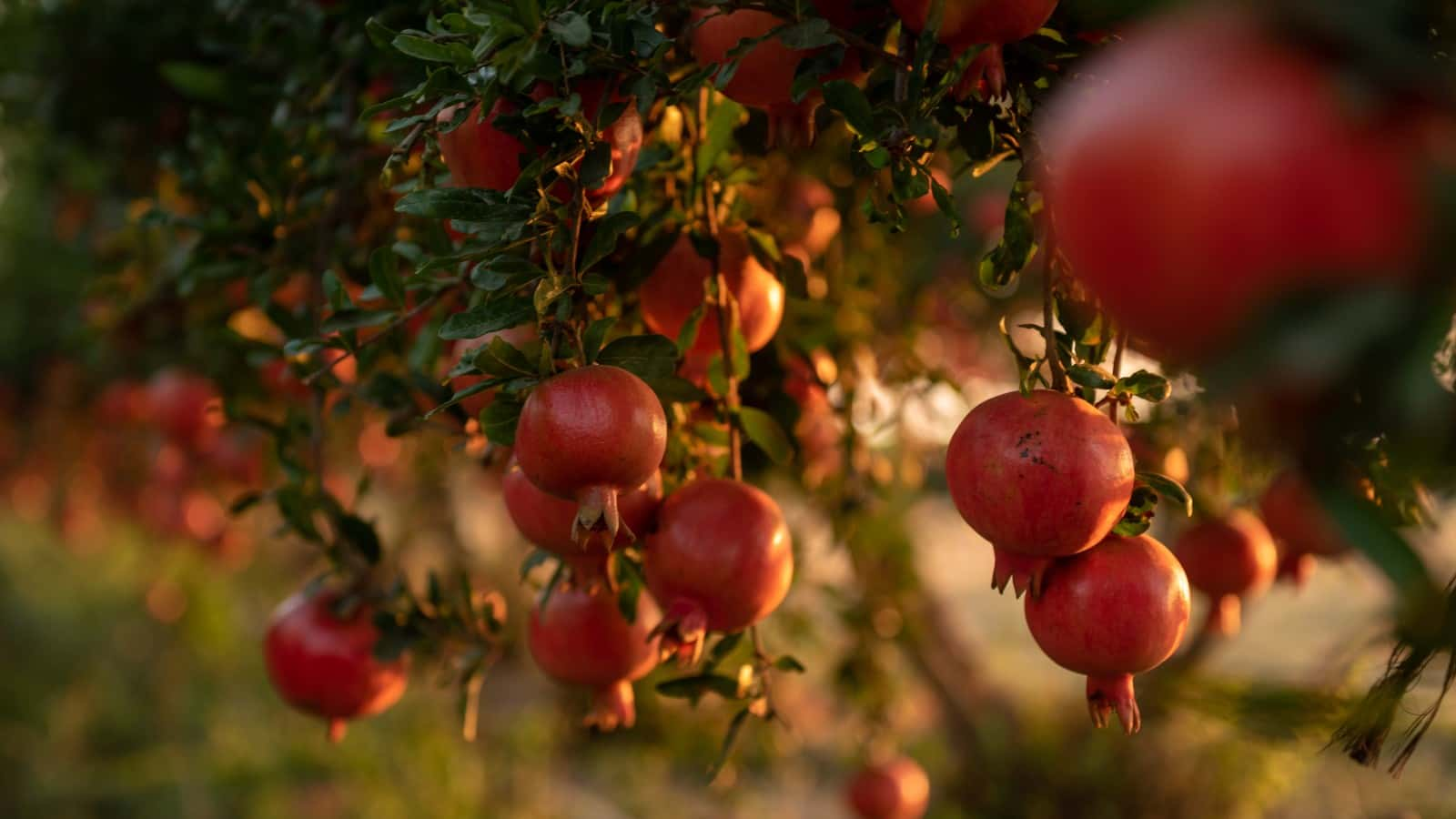
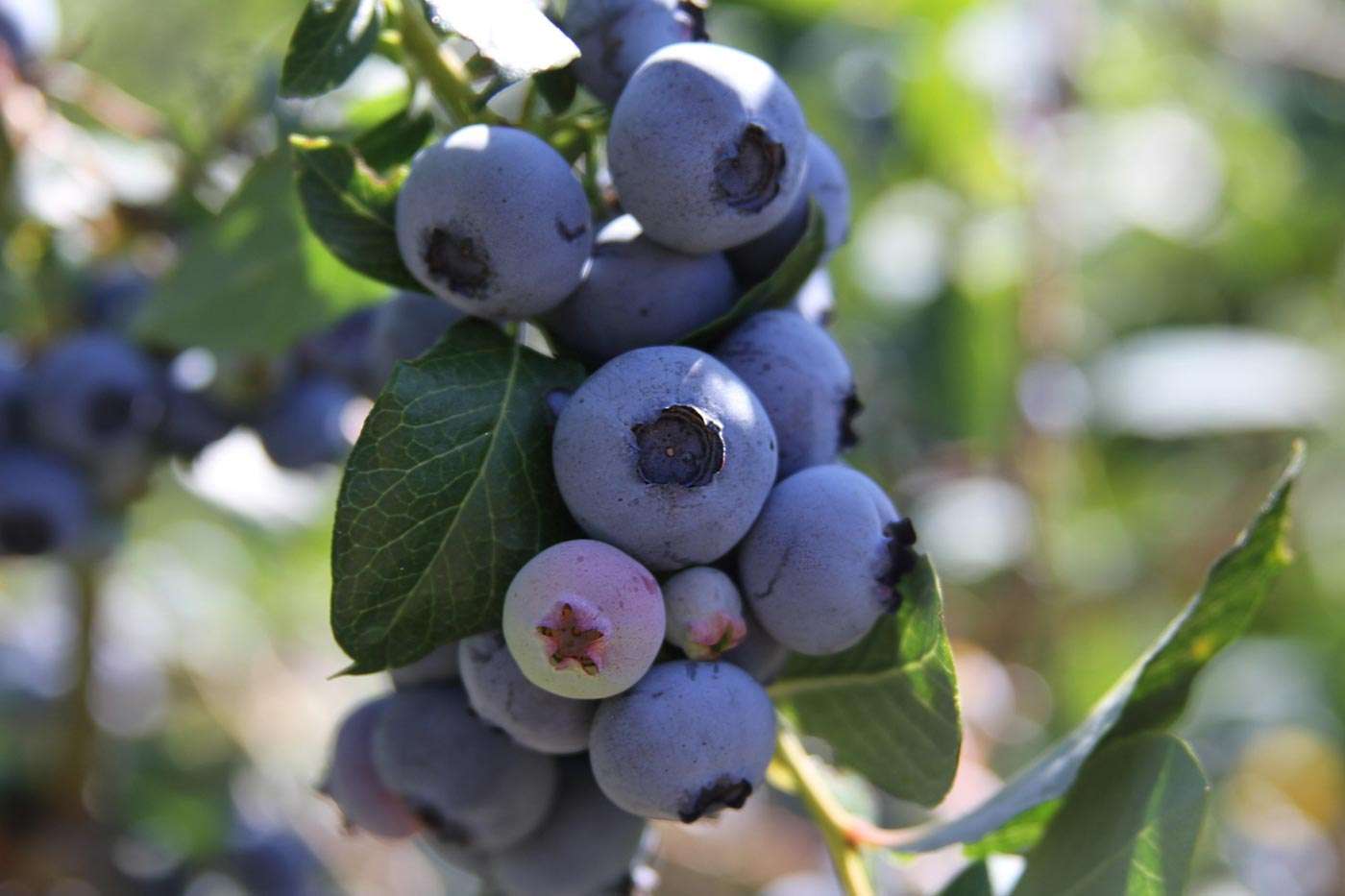
Types of anthocyanin and anthocyanidin in vegetables and grains
Black carrots
Black soybean
Purple corn
Purple sweet potato
Red cabbage
Transgenic purple tomato


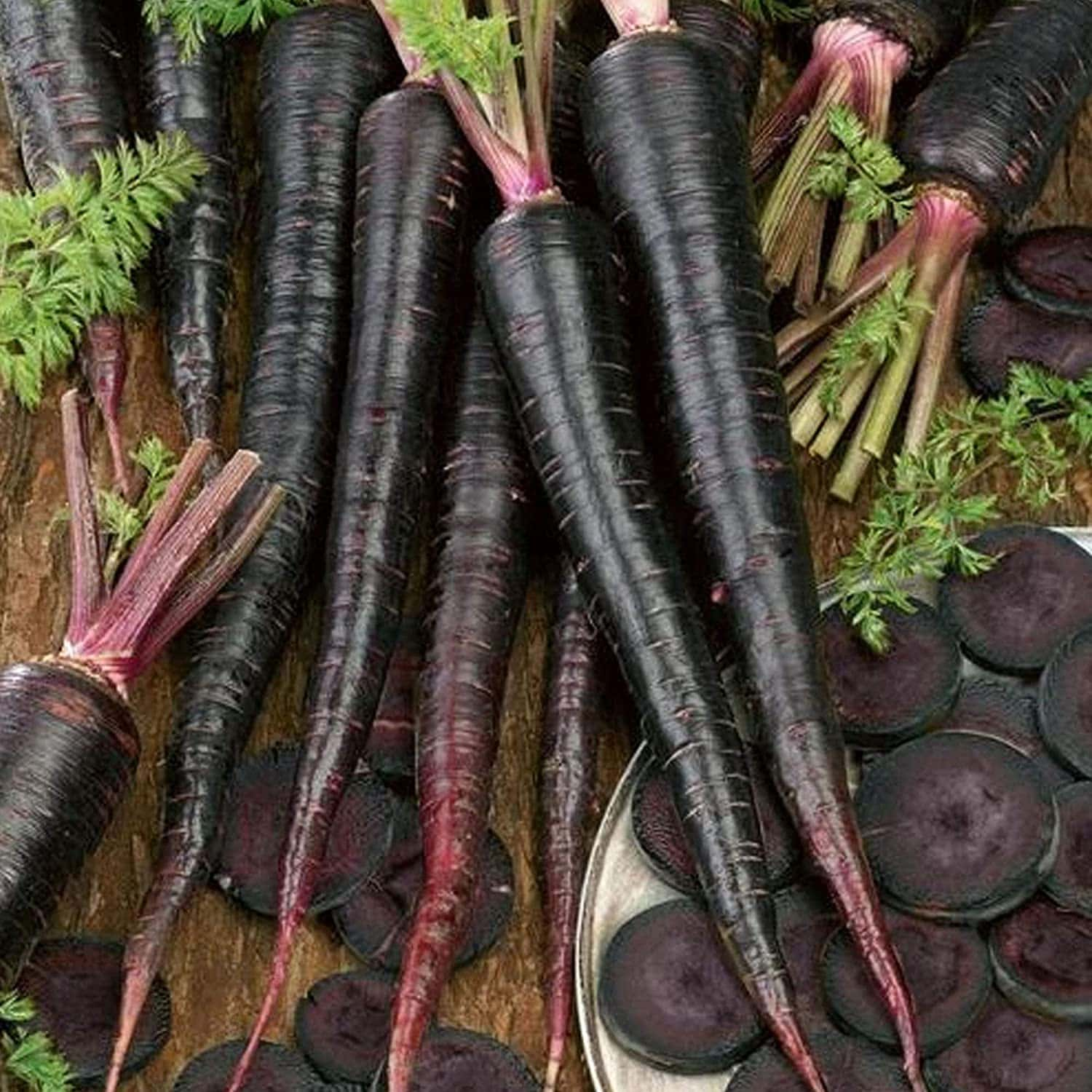
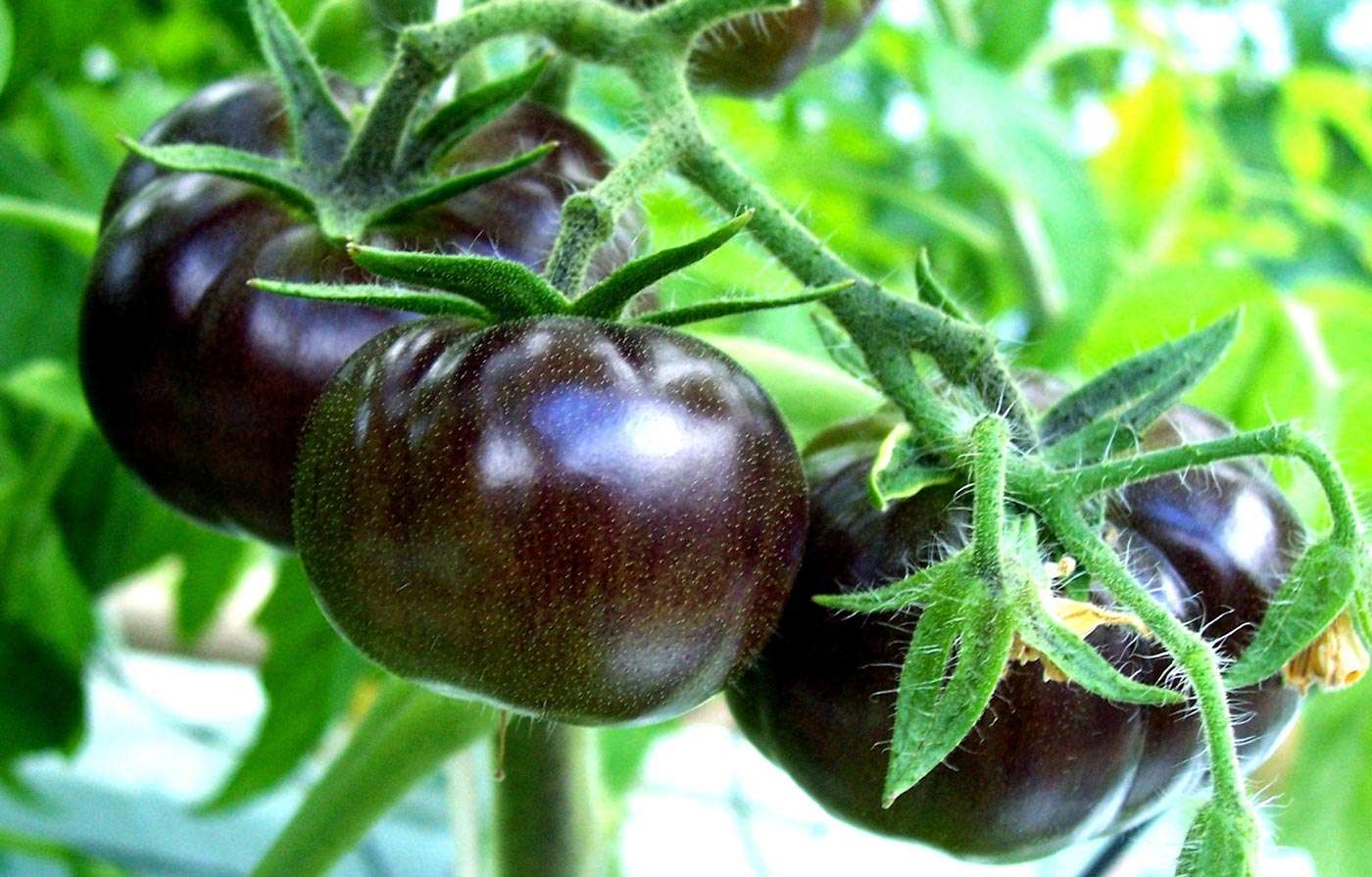
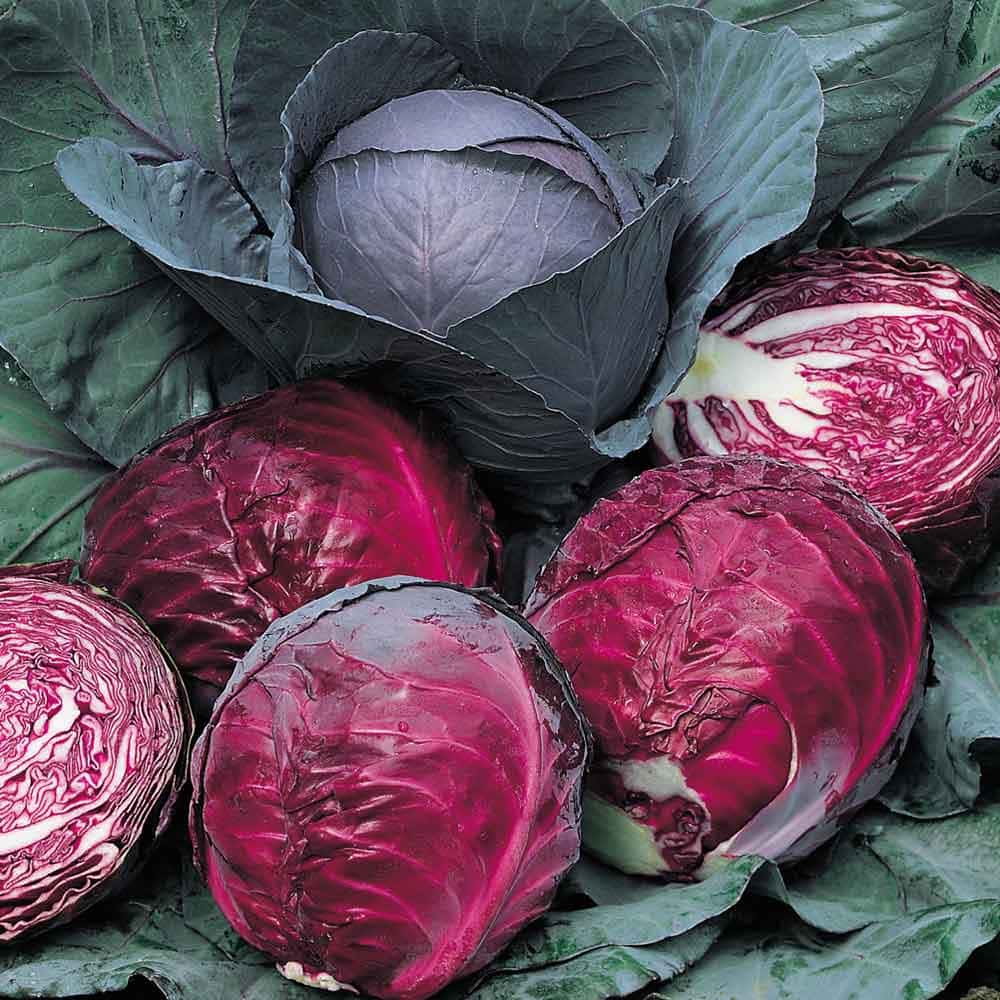
Compiled and penned by Crocus Media

